The Books That Funkhaus Designers Keep On Their Shelves
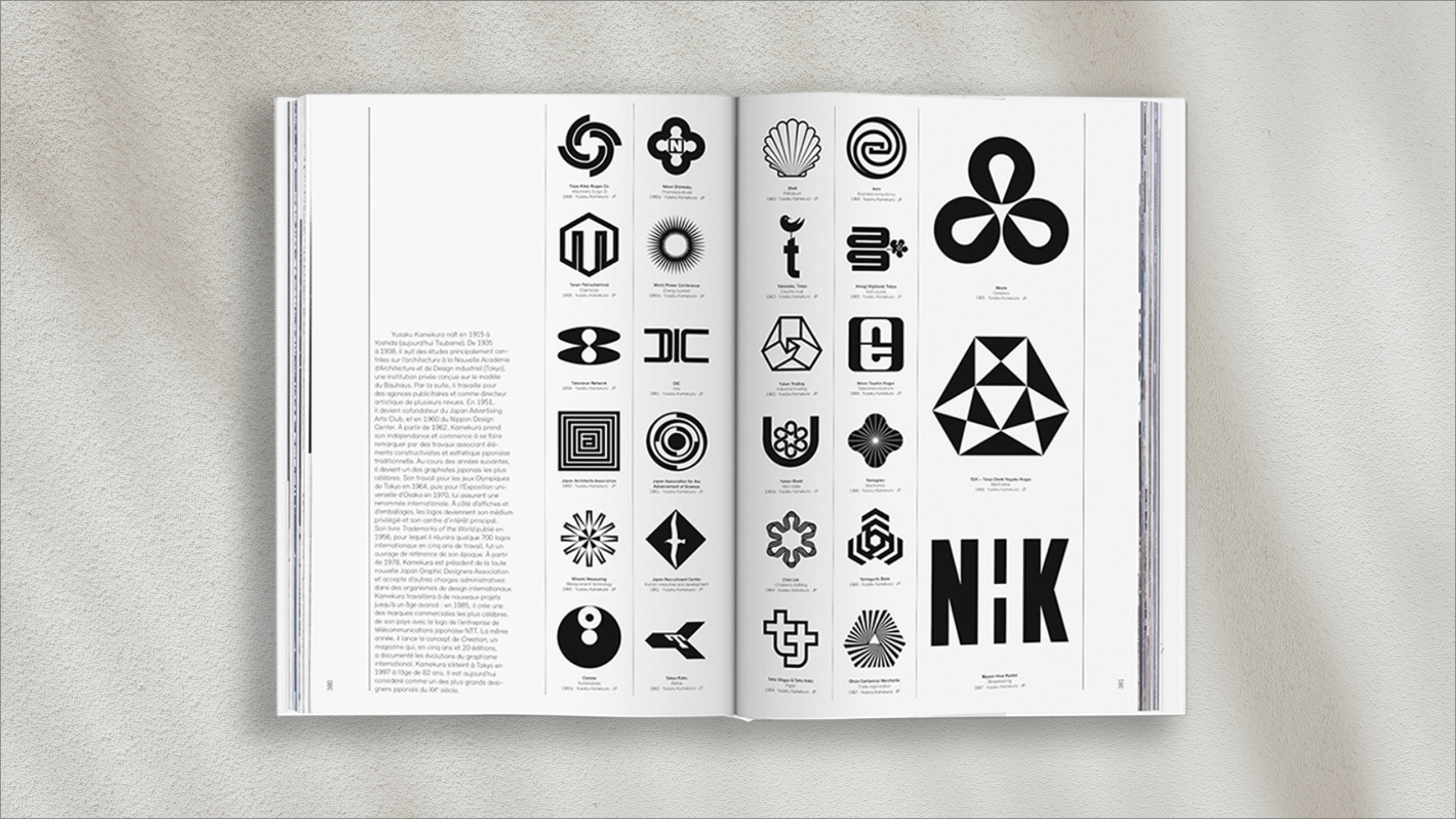
Sometimes all it takes to create a great design is a little bit of inspiration. We’ve rounded up all the books the Funkhaus design team keeps on hand to dig into when they need to spark an idea. Read on for our design team’s recommendations for the books every designer should have on their shelf.
David Funkhouser, Partner/Design Principal:
Bauhaus 1919–1933: Workshops for Modernity
I obtained this book back in 2010 at Arcana Books and find myself referencing it on a monthly basis, at least. The wide range of product, architectural, and typographic design always sparks something for me to run with in my designs. The grid systems created almost 100 years ago remain a true cornerstone for design in all aspects. Whether I’m designing my house or a website for a client, this book always has something to offer on the inspiration front.
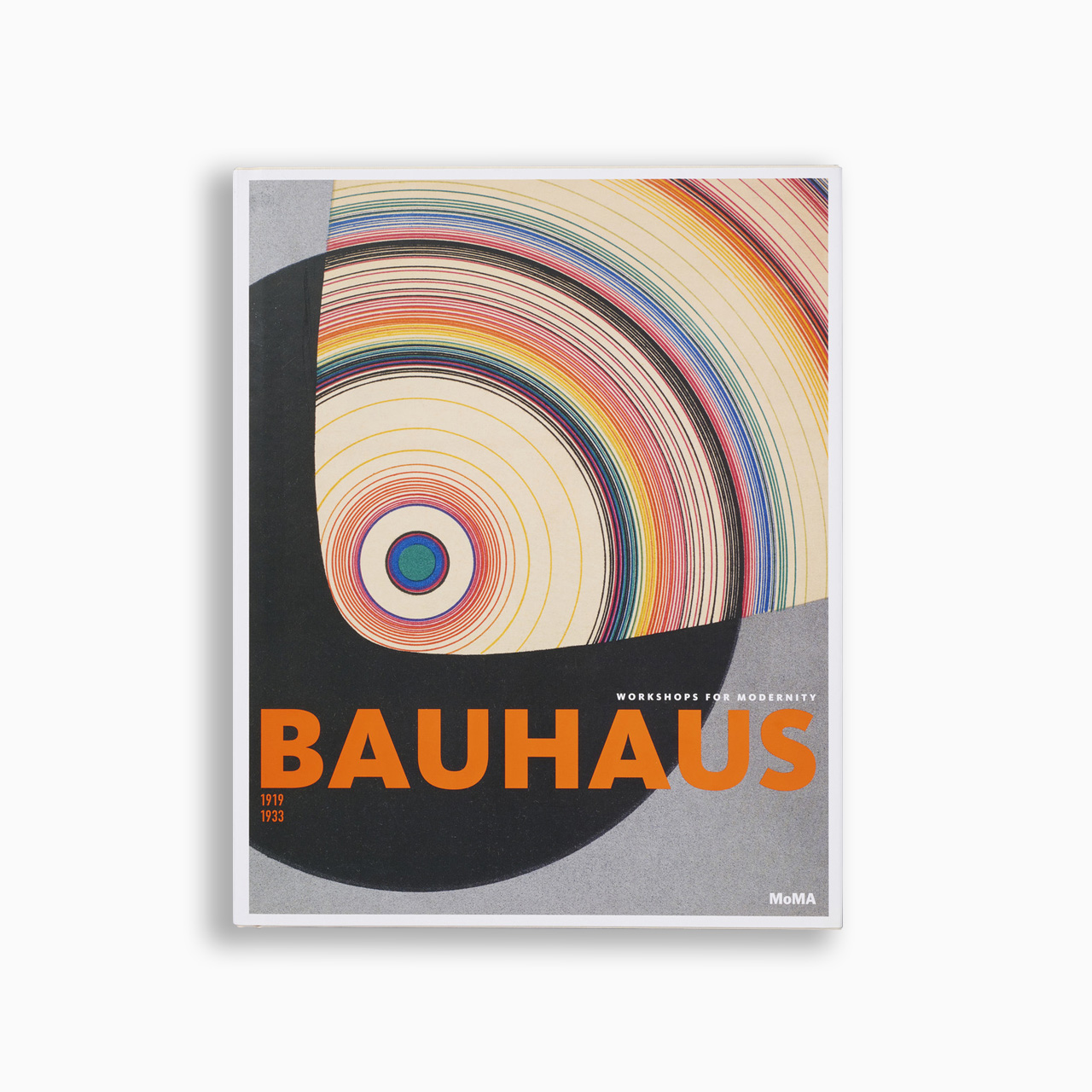
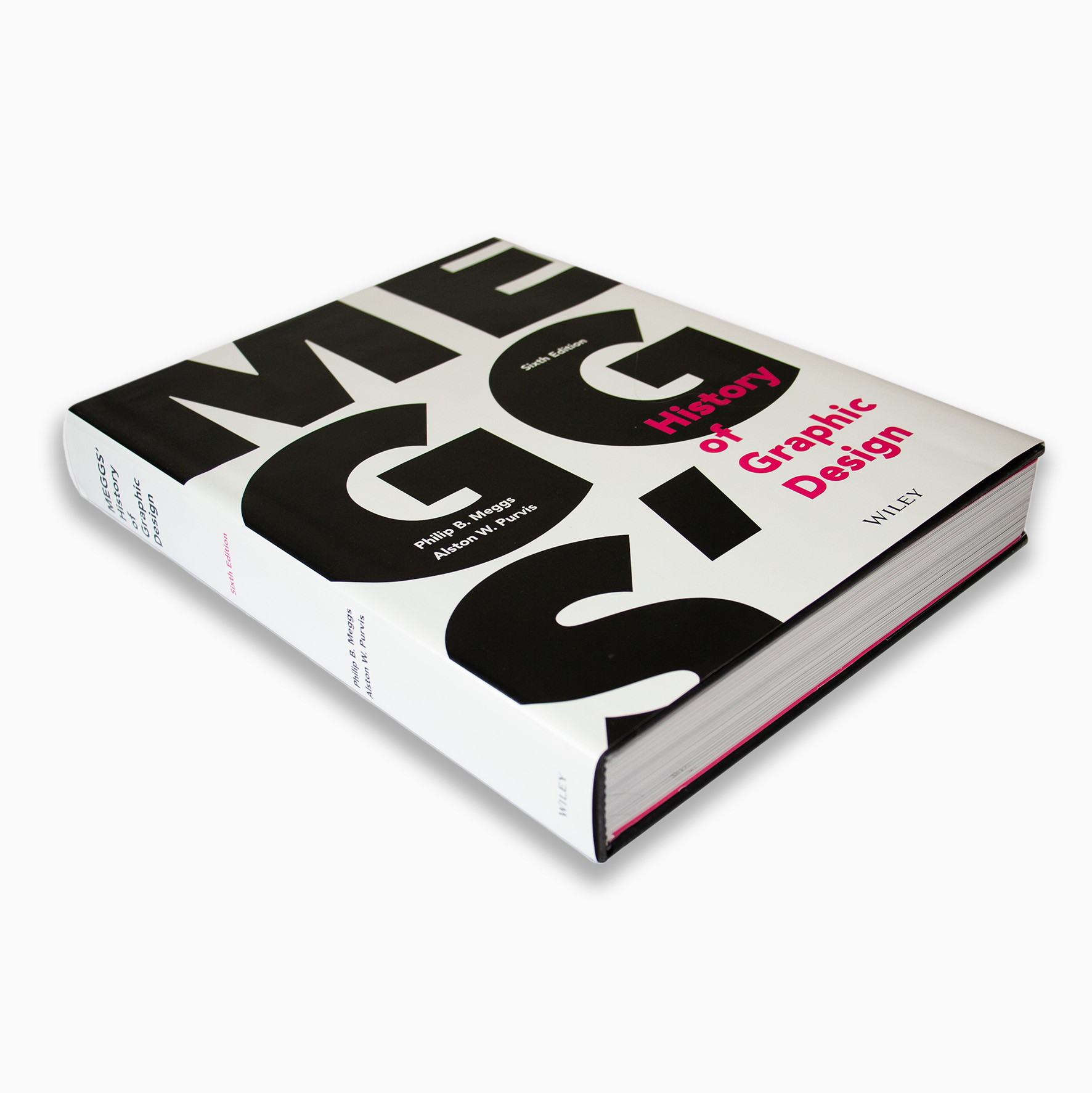
Meggs' History of Graphic Design by Philip B. Meggs
I’ve had this book my entire career. It is a solid reference guide for designers in that it encompasses a full range of design history, from drawing on cave walls to today’s digital age. I use this book often when trying to communicate the historical reasoning behind my designs to my internal design team and clients. It’s a great handbook to reference all the movements in design over the years and refresh yourself on the fundamentals.
Paley Martin, Junior Designer:
The Designer's Cookbook by Tatjana Reimann, Caro Mantke, and Tim Schober
A wonderful cookbook that consists of "12 colors, 12 menus". The book is a great study in minimalism, monochromaticity, and the aesthetic beauty of everyday food.
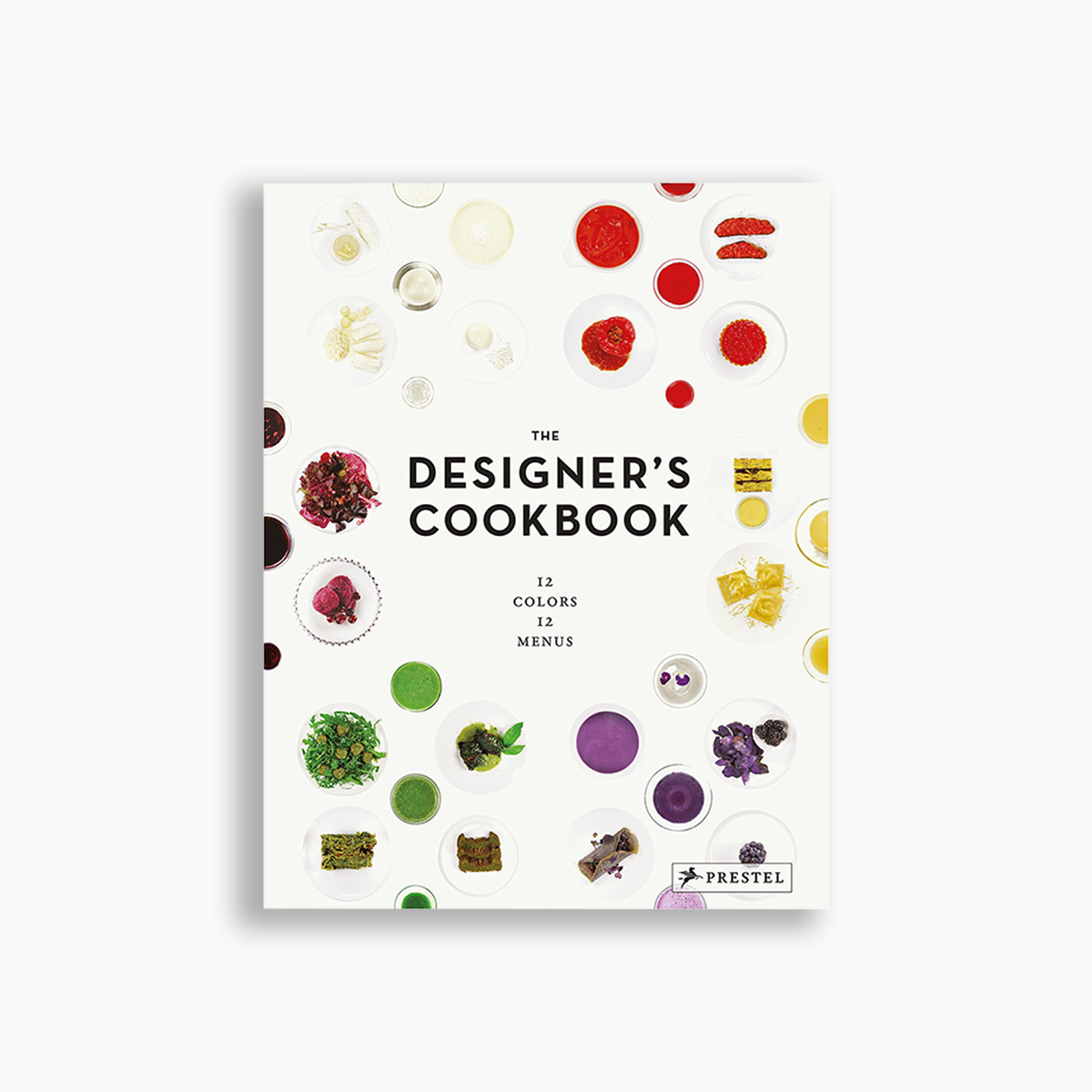

The Secret Lives of Color by Kassia St. Clair
This book is often noted as a go-to book when it comes to the study of color. It offers a behind-the-scenes view on seventy five shades, dyes, and hues - how they were formed and how they informed the world around them.
Marlon Antunez, Designer:
Objects in Dialog by Shane Schneck
I found this book while traveling in Stockholm. It documents 51 projects developed in Shane Schneck's studio Office for Design in Stockholm, and includes collaborations with renowned companies like Nike, Huawei, and HAY. The book walks you through the studio's thought process behind every object and the roadblocks encountered along the way. Beautiful process photos and anecdotal descriptions showcase the team's commitment to form-finding, iteration, and testing. Everything about this book, from the still images to the typeface and layout, feels understated and clean, making it a great book to add to your coffee table arsenal.

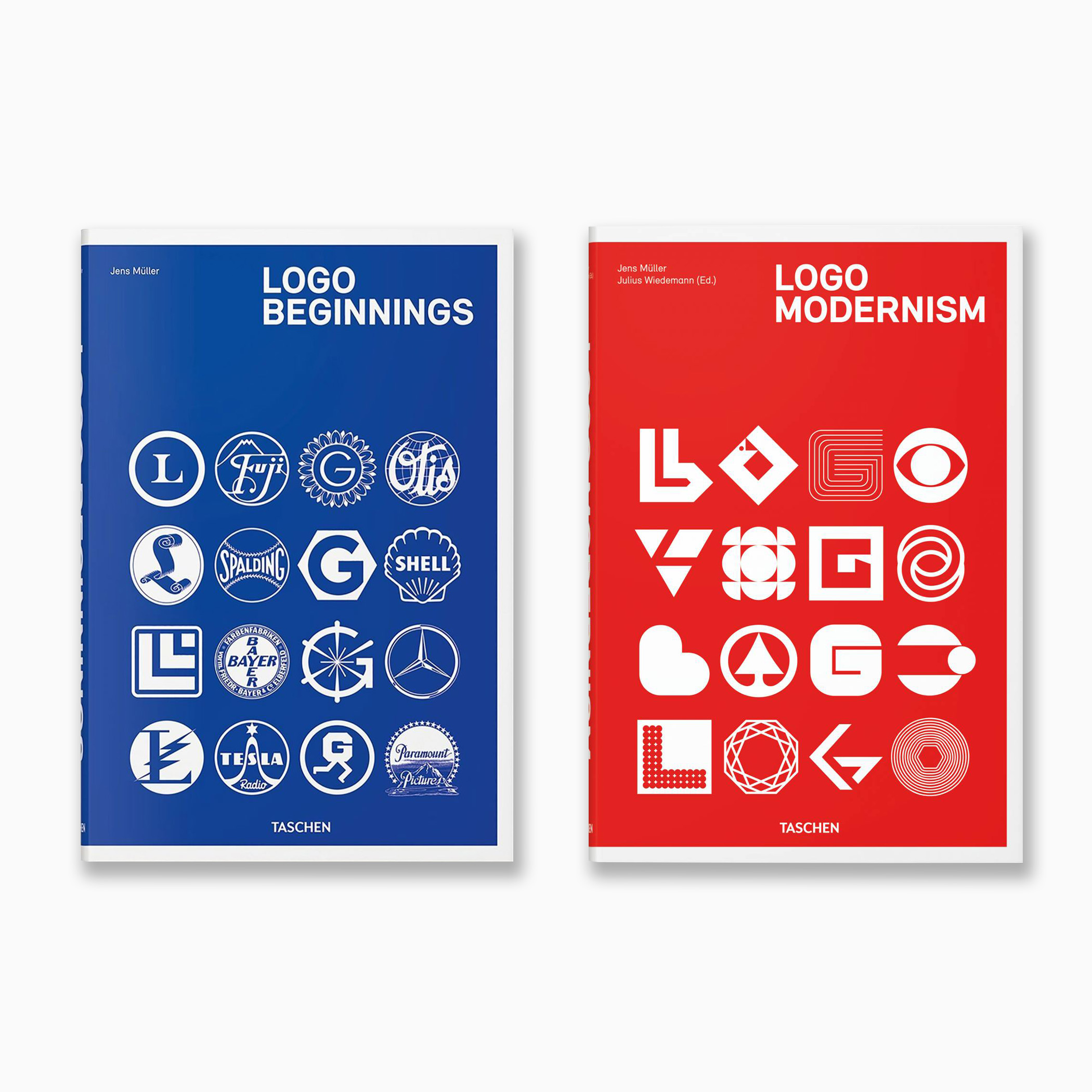
Logo Beginnings and Logo Modernism by Jens Müller & R. Roger Remington
If you're someone who loves examining and studying logos, these two books will keep you entertained for hours. In Logo Beginnings, you'll see the evolution of classic brands such as Rolex, BMW, and Louis Vuitton over the last 100 years. The book delves into the origins of modern trademarks and includes over 6,000 logos from the mid-1800s to 1940. In Logo Modernism, you focus on logos produced from the 1940s to the 1980s. The books are incredibly organized, with logos categorized by similar shape or illustrative style. Whenever you're in need of inspiration for your next branding project, take a peek at these books to see what ideas designers were conceiving 20, 50, and 100 years ago.
Majo Crespo, Designer
10 Principles of Good Design by Dieter Rams
If I was asked one reason why I focused my career into the design industry, this book would be it. I found this book because of my early fascination with the designer behind the Braun brand, Dieter Rams. Ahead of his time and always thinking about the impact of what he designed (from shape, to materials and production) he had a very clear principle: designing with the user in mind. This book condenses his process in 10 steps, resulting in designs and products that are both useful and aesthetic. Here is an amazing selection of products he designed.
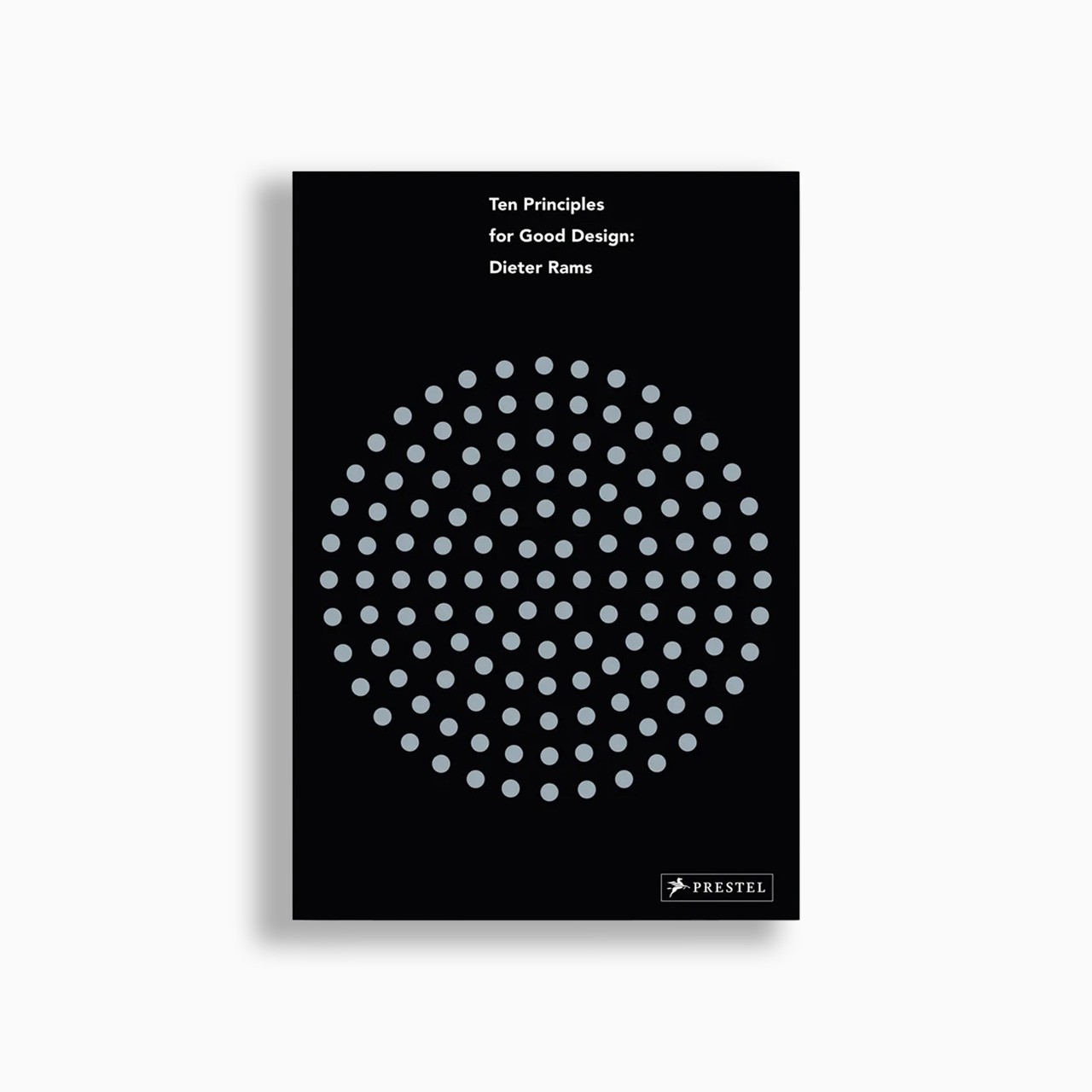
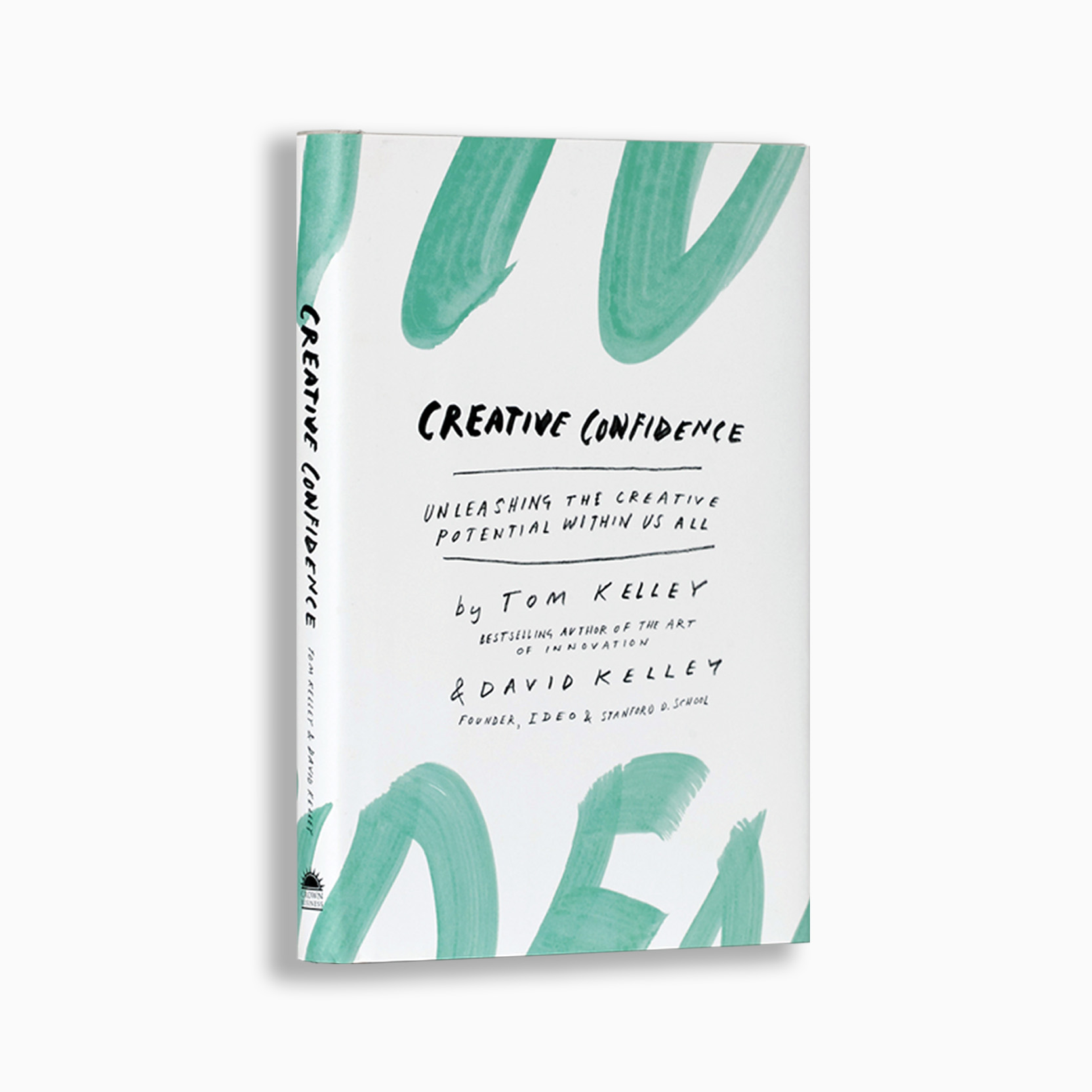
Creative Confidence by Tom Kelley & David Kelley
This book was gifted to me during my last year of college. As a fan of IDEO, I did not hesitate two seconds to read it. Creative Confidence focuses on redefining the concept of the "creative type,” and dismantling the common belief that creativity and innovation are for the few and the gifted. The writers share principles and strategies that will allow the reader to tap into their creative potential at every level, allowing us to innovate in terms of how we approach and solve problems through design. This book was a game changer for me regarding how to keep reinventing myself and processes as a designer.